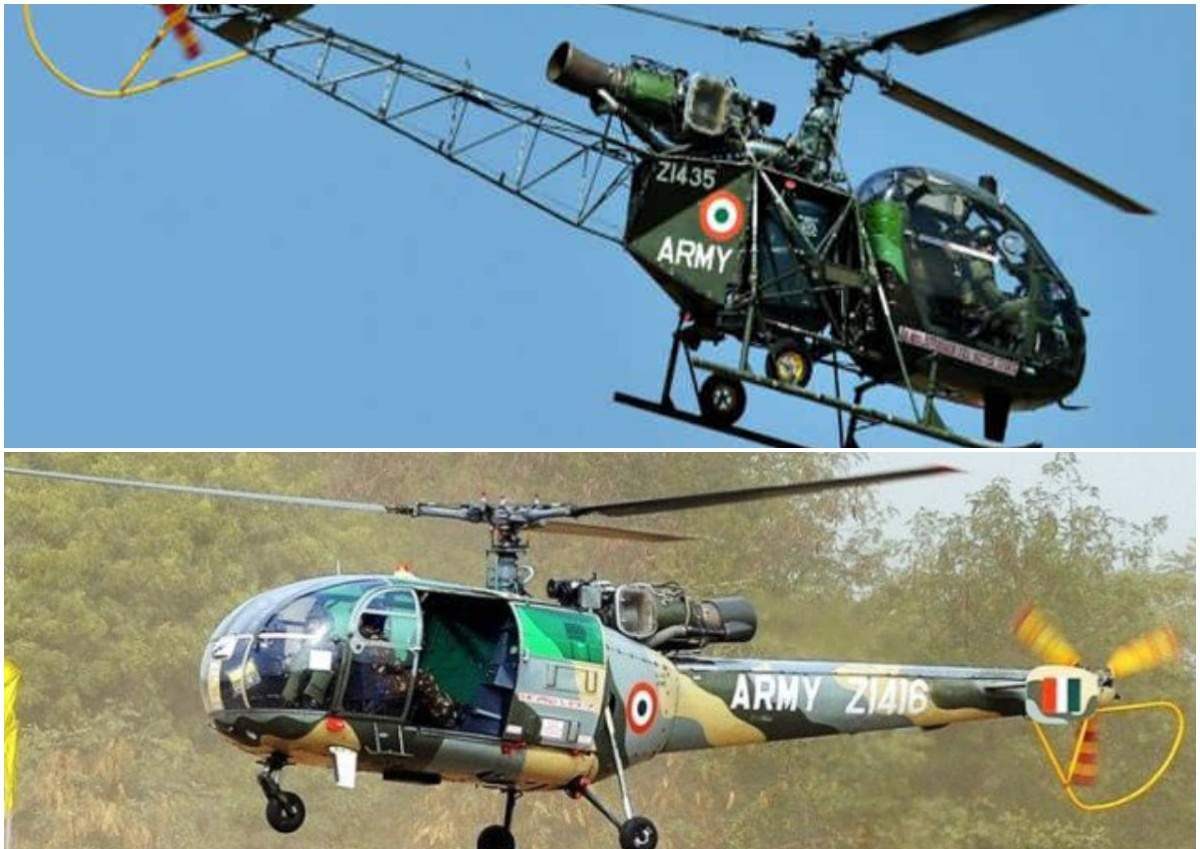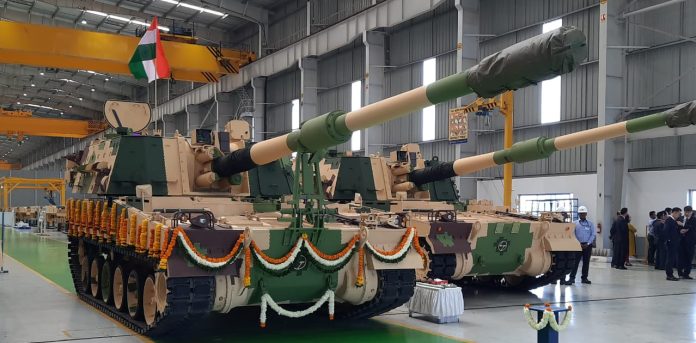- As you are aware, the Indian military hardware is still majorly dependent on Russian supplies despite making determined efforts at indigenously producing at home. Also, most of the fighting capabilities of the military are ageing whose continuity is way beyond the phasing out stage poses risks to the lives of the personnel. With the ongoing Russia-Ukraine conflict starkly exposing the challenge of receiving spare parts and other related paraphernalia, the necessity to manufacture military hardware at home is acutely felt. Worryingly, our efforts at standalone manufacturing have yielded mixed results and are far from being compared with some of the world’s best military equipment manufacturers.

PC: Ravinder Tanwar
- Given the above, it is in the Indian military establishment’s best interests that indigenous efforts receive a further fillip. It is heartening to note that India’s Light Combat Helicopters (LCHs) taking to the skies are symbolically substantive progression. For the uninitiated, they have 45% indigenous content by value – which will progressively increase to 55 % – and are equipped with HAL’s Shakti engine, developed in collaboration with French engine maker Safran. Designed for high-altitude areas, the LCH can operate at 20,000 feet and perform combat search, and rescue roles admirably. Undoubtedly, the helicopters will especially come in handy in boosting our defence infrastructure along the LAC with China.
- As mentioned above, two LCHs were even flight-tested in eastern Ladakh in 2020 amid the military confrontation with Beijing. Remember, helicopters are crucial given their versatility. However, much like the challenge faced with fighter jets, there is an urgent need to replace obsolete choppers, some of which, like the Chetak and Cheetah, are of the 1960s-70 vintage. The harsh truth is that these obsolete machines are proving to be death coffins for the pilots operating the same. Of course, there is a huge dependency on Russian hardware – both in terms of maintenance and spare parts – placing the Indian dependency on Russian hardware in line with the international sanctions against Moscow’s move to invade Ukraine.

PC: Rajat Pandit
- Needless to mention, India needs to not just diversify its import sources but also reduce its import bill. Mind you, India is the largest importer of arms in the world, and as the current volatility in global markets shows, large importers of any particular class of products – whether food or fuel or even armament, which have a longer-term horizon – are particularly vulnerable. Yes, inducting American helicopters to replace Russian-built Mi-25 and Mi-35 choppers was good news. But the real winner can be the indigenous LCH, which will play the same role for India’s combat helicopters that the Tejas LCA is playing for fighter jets. LCHs show what India can do in defence manufacturing and how much more it needs to do.






